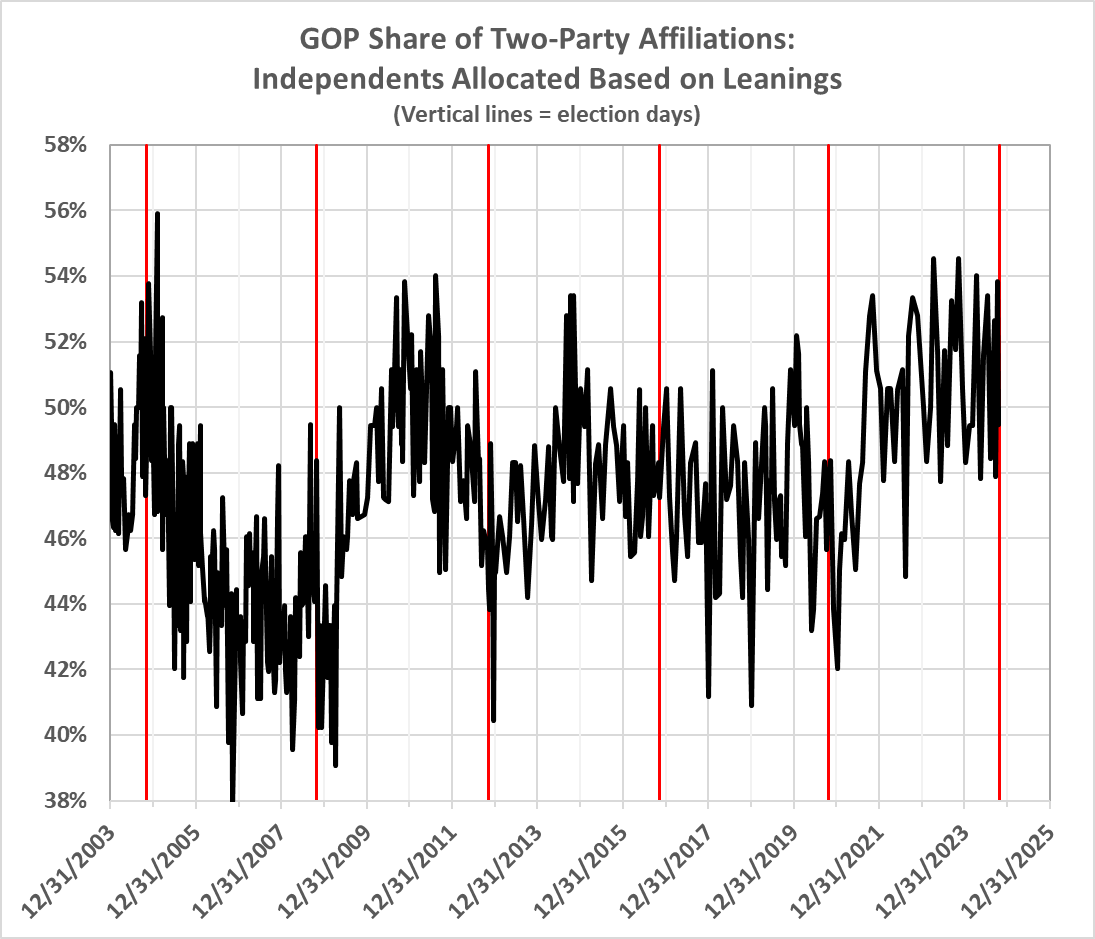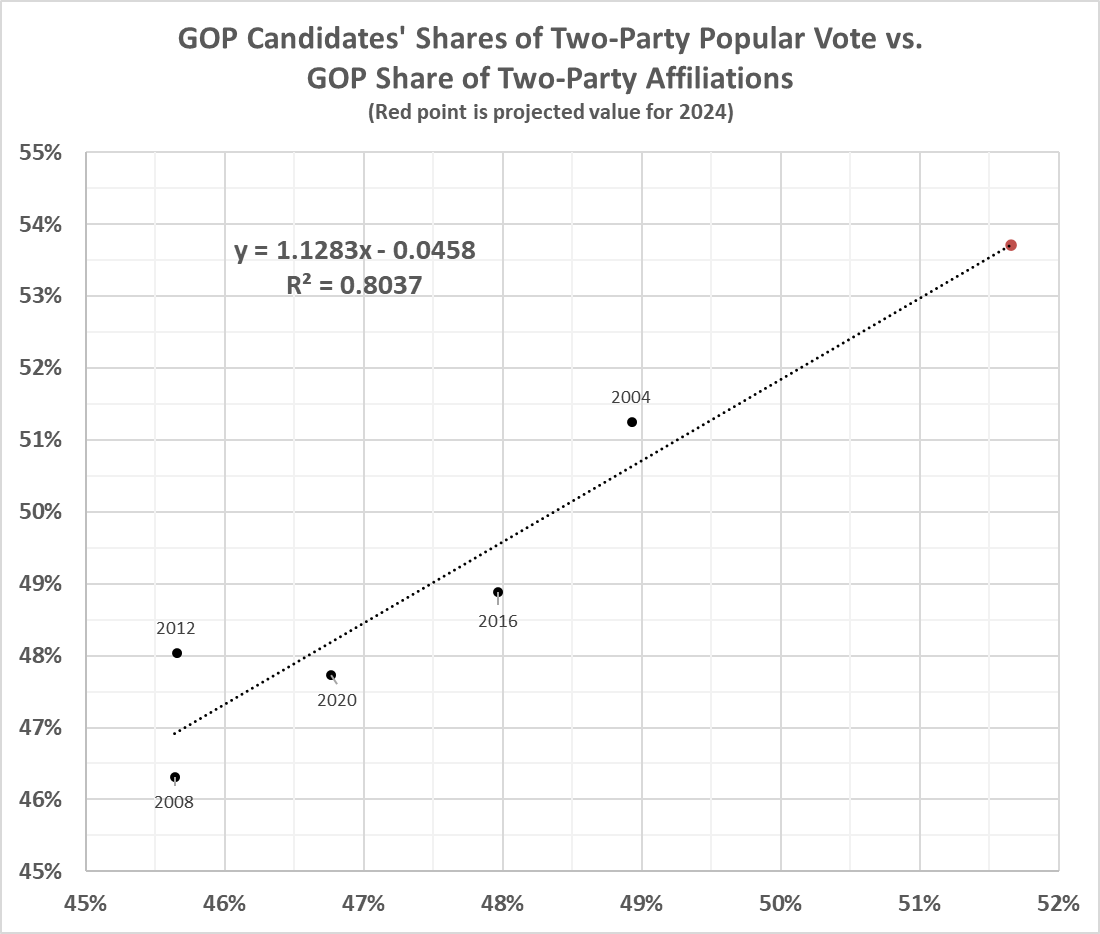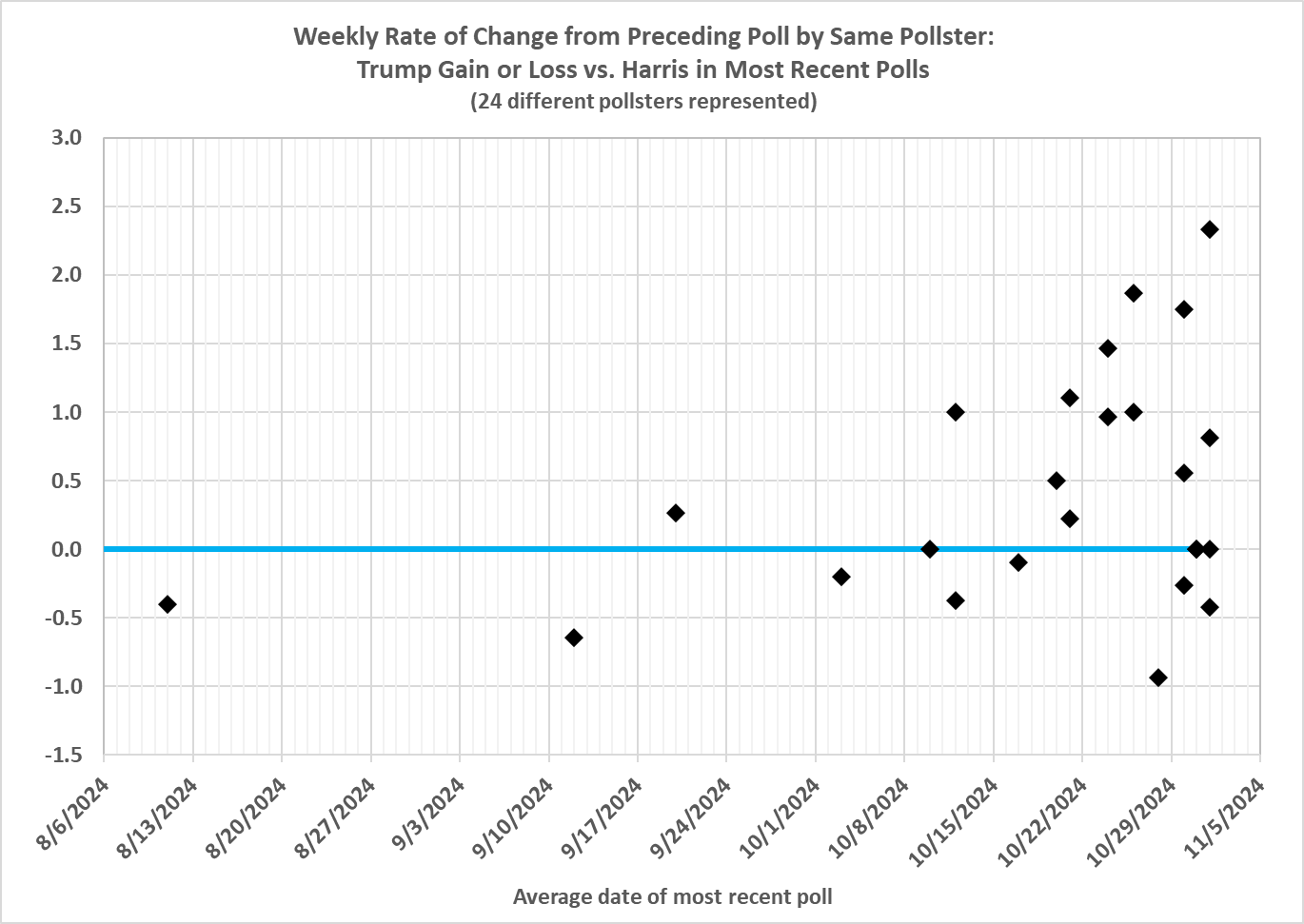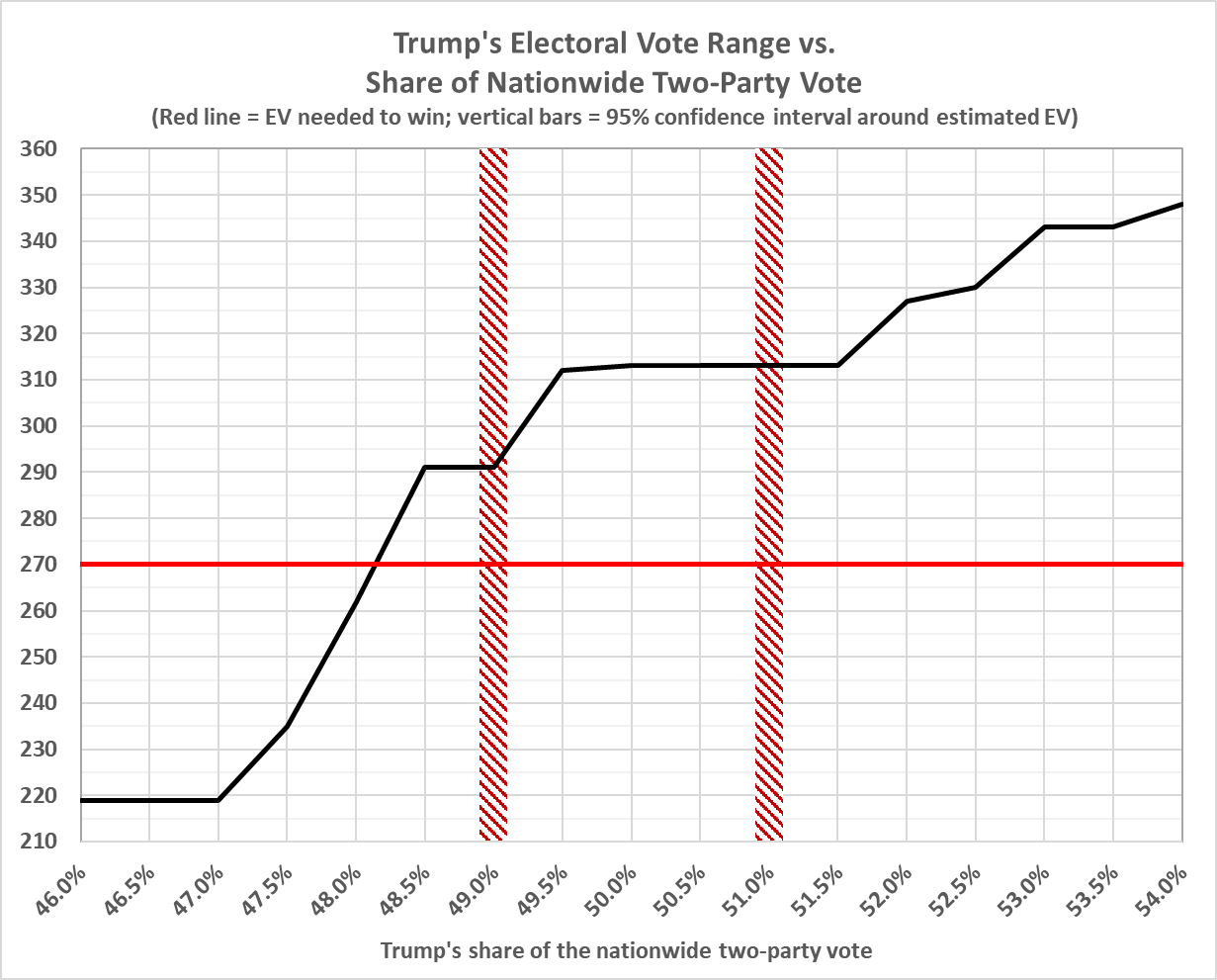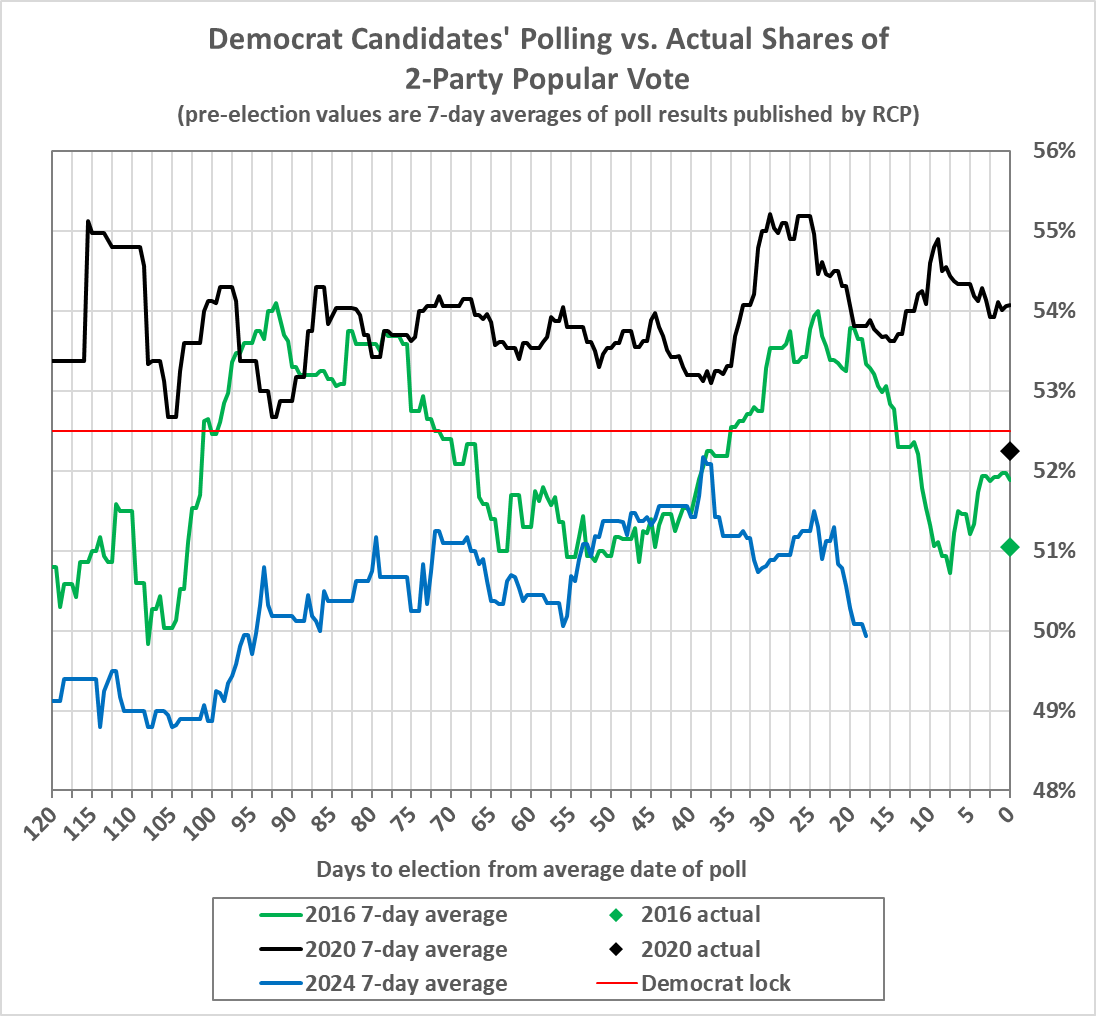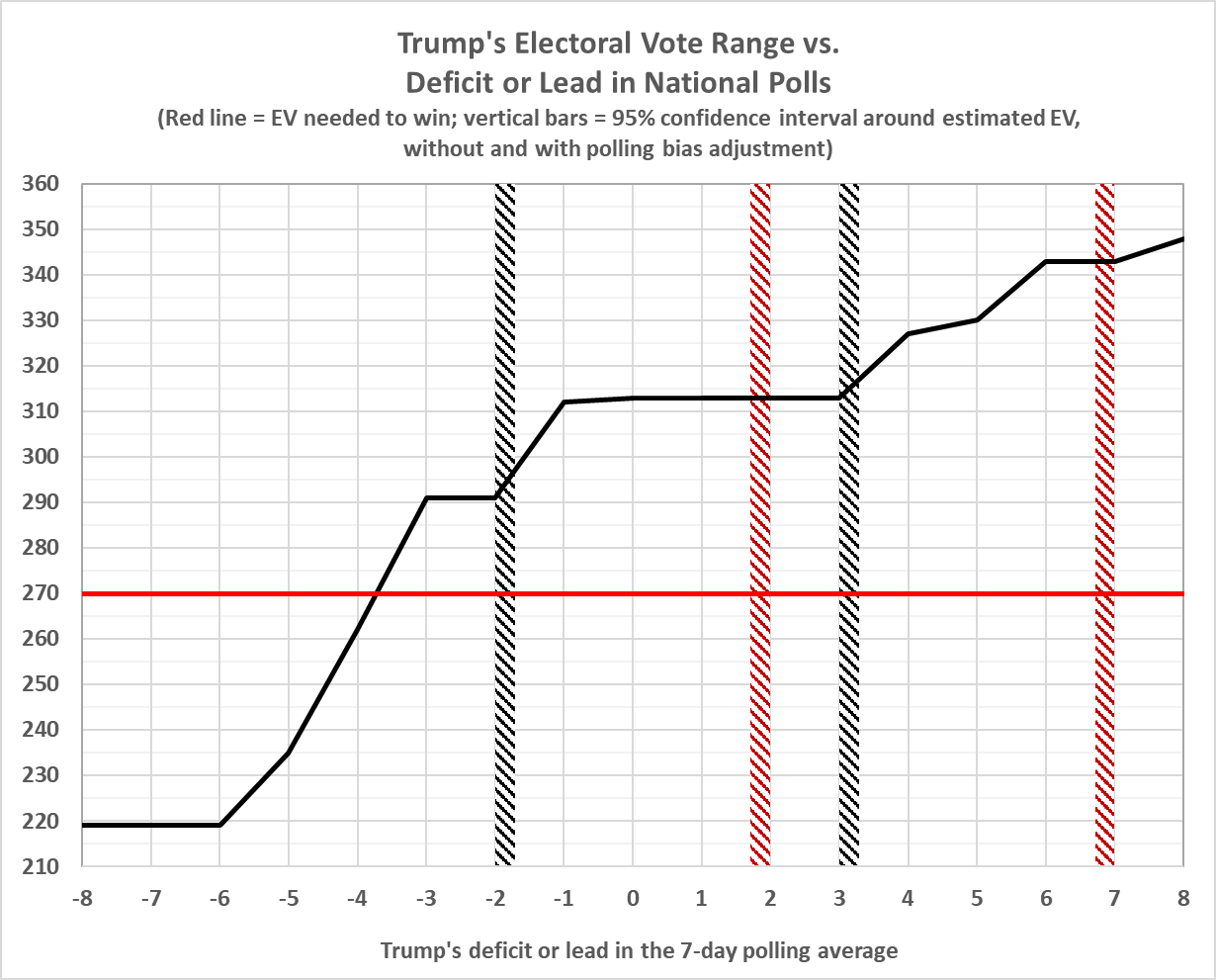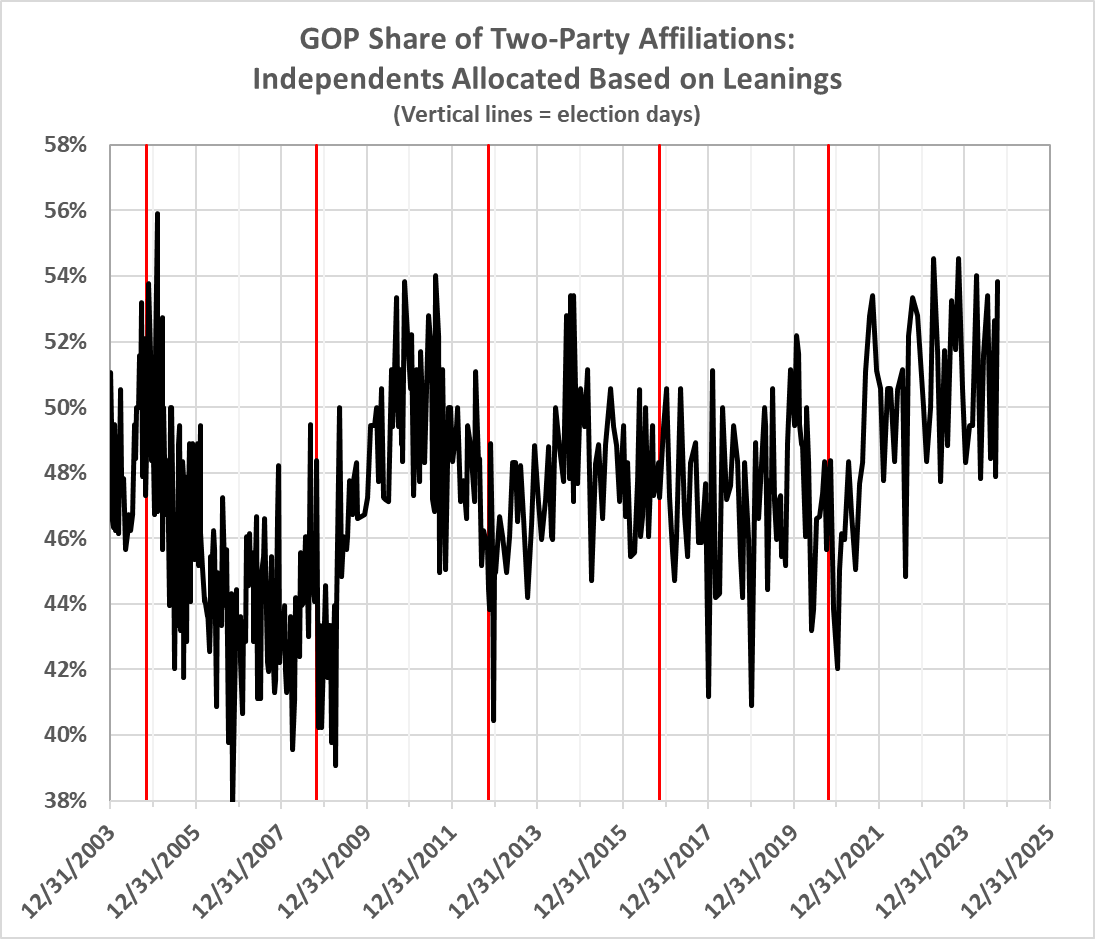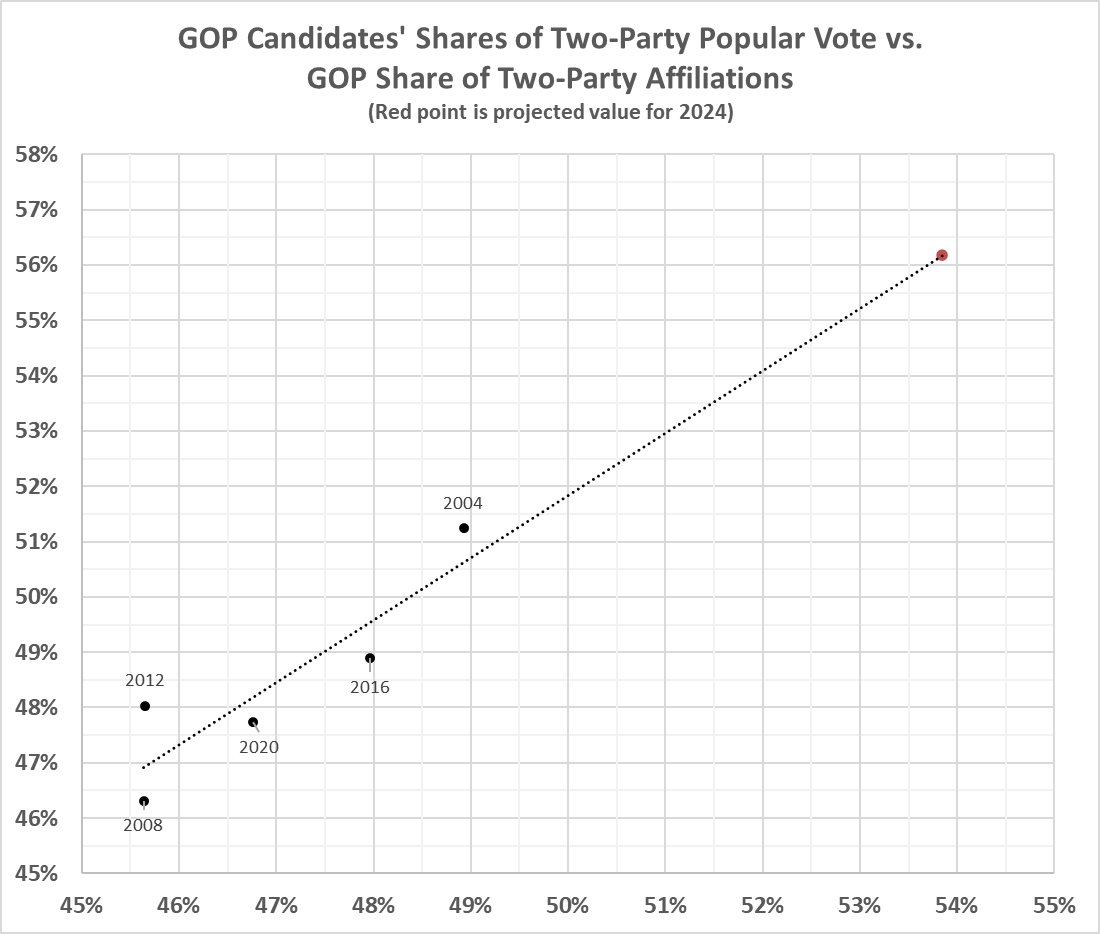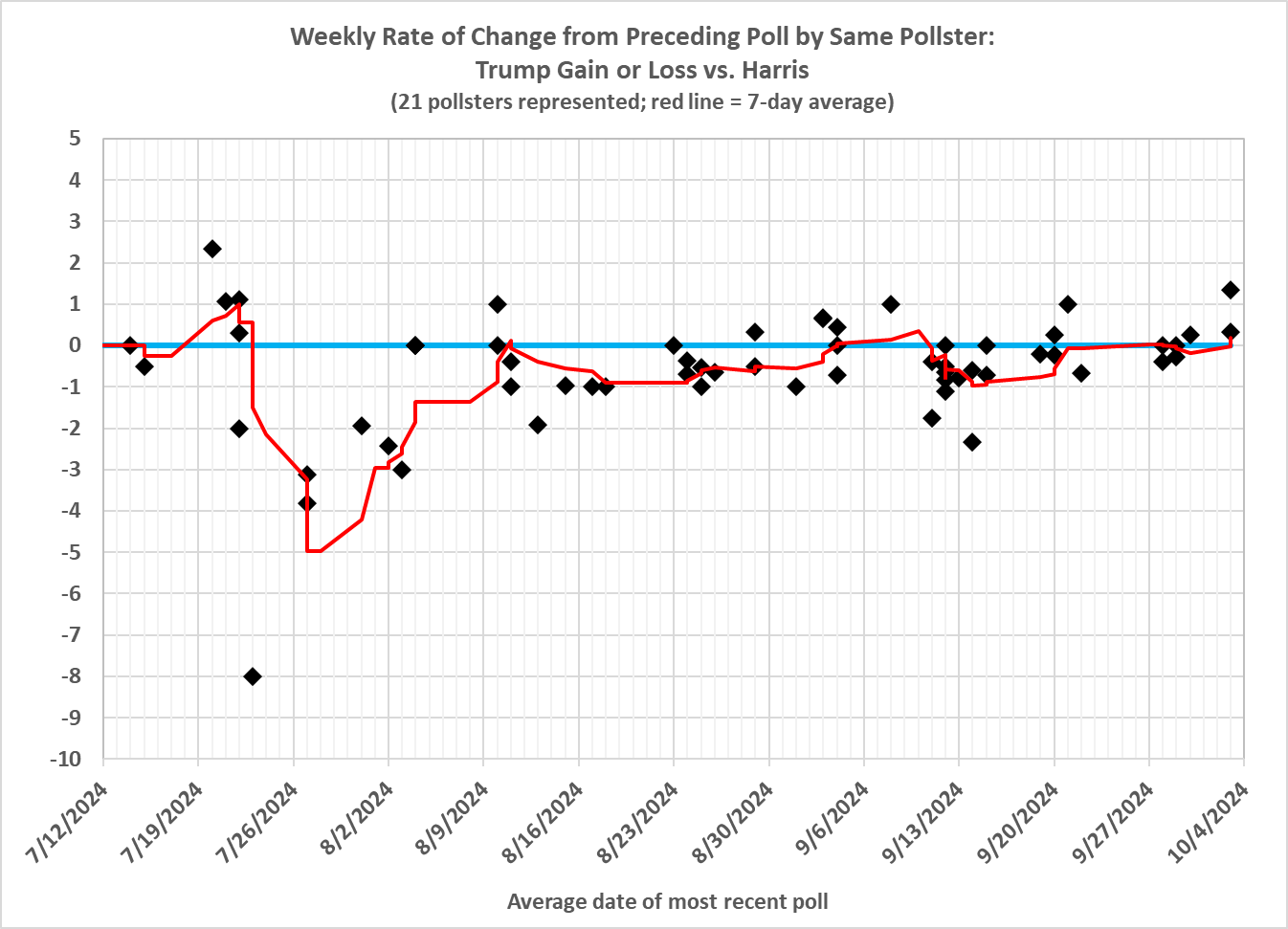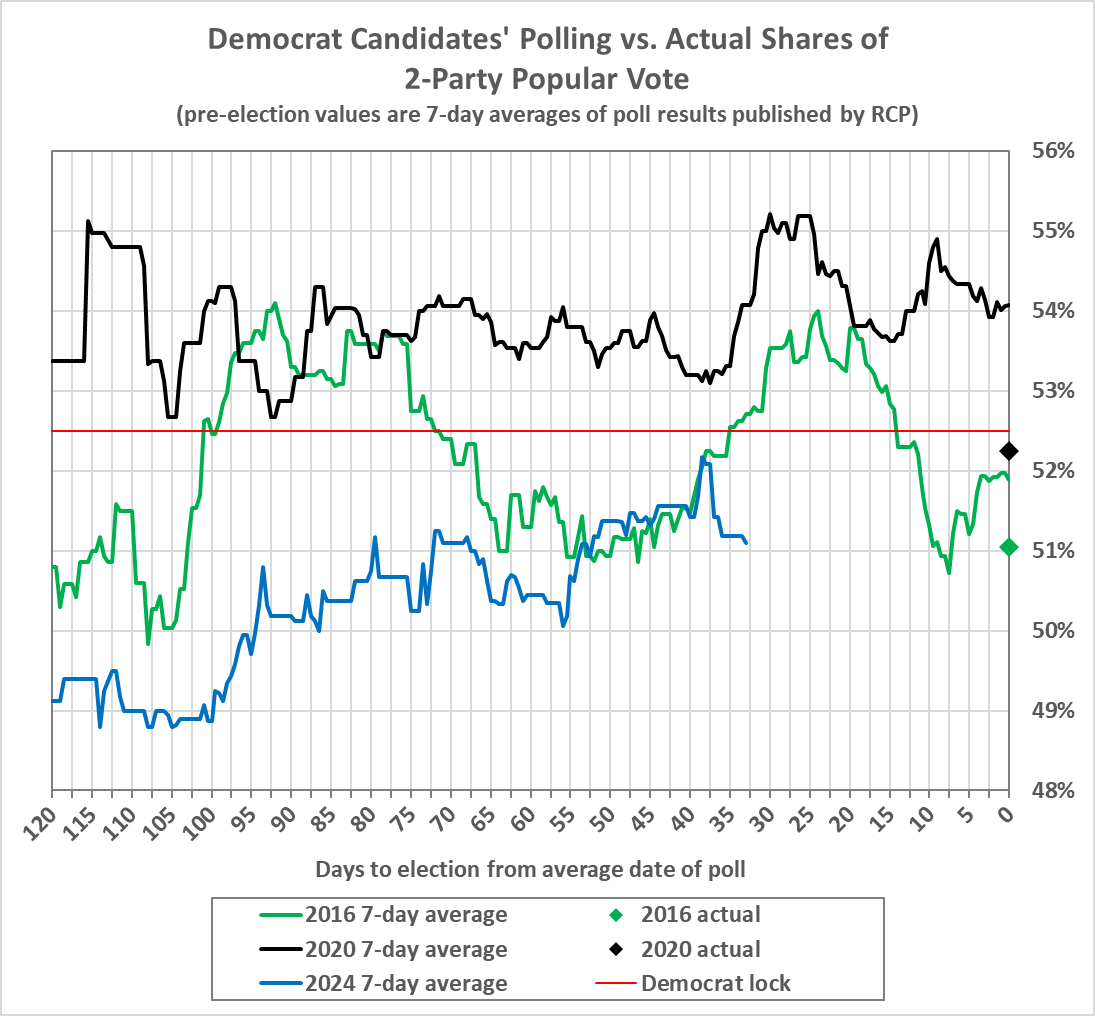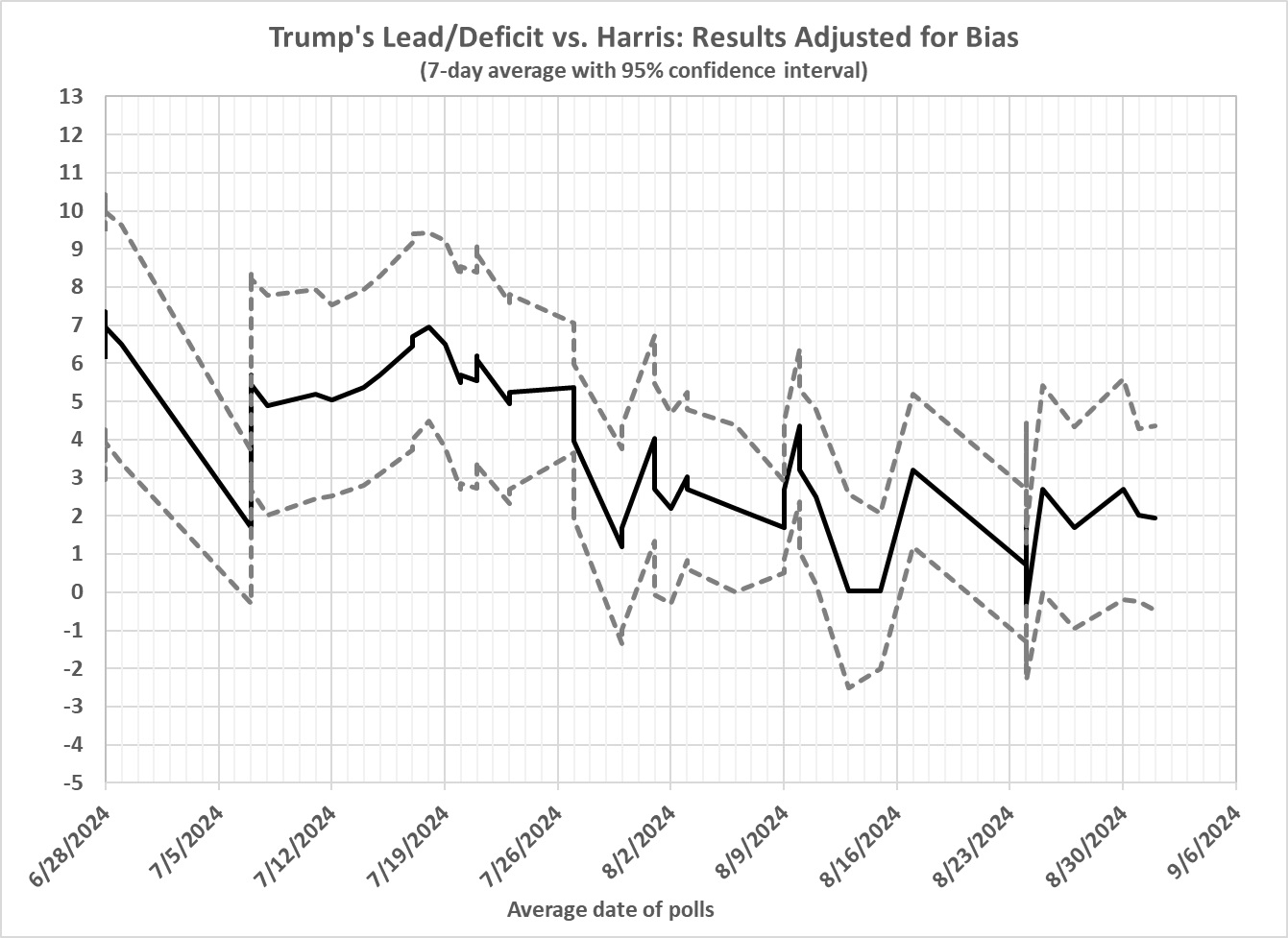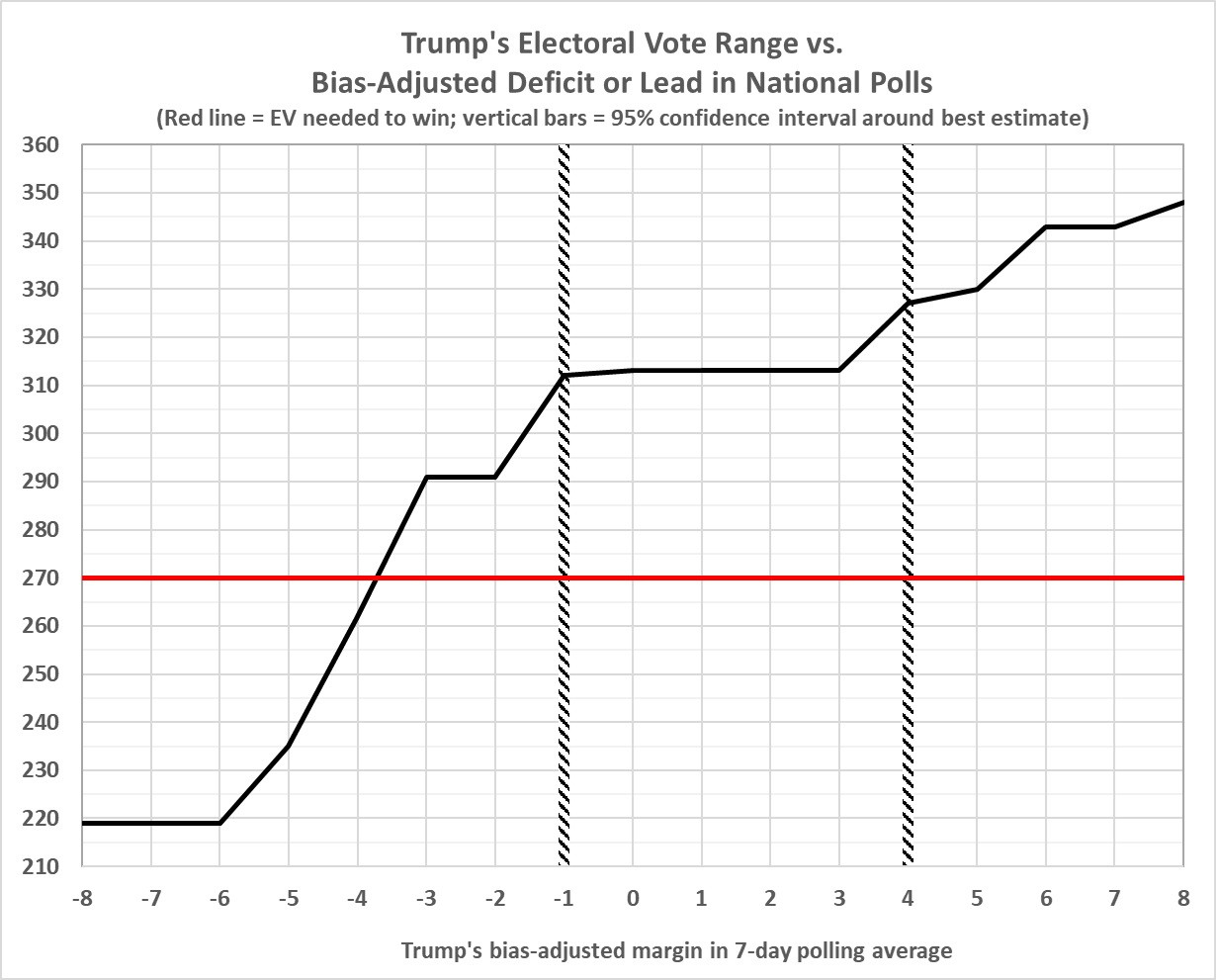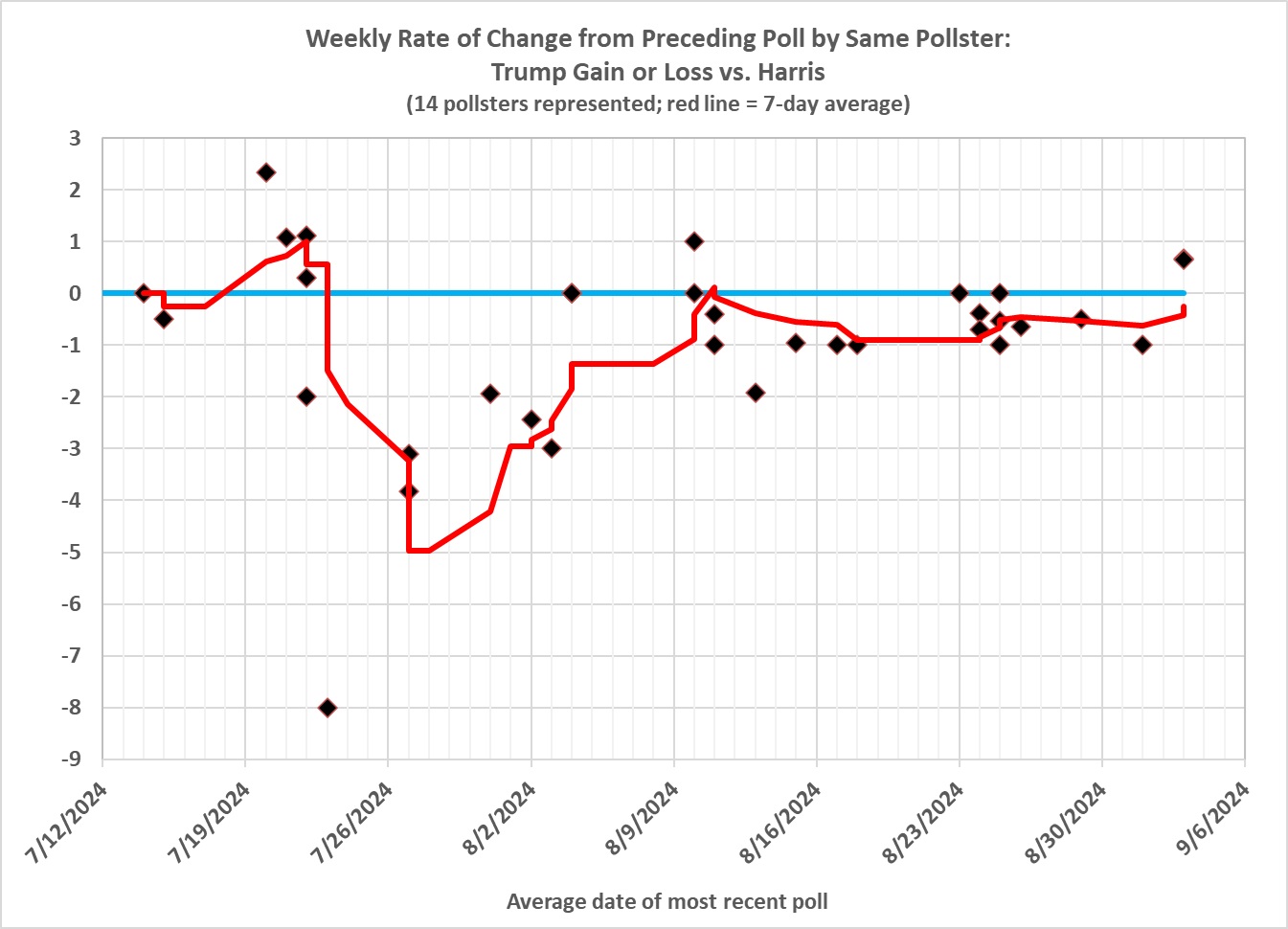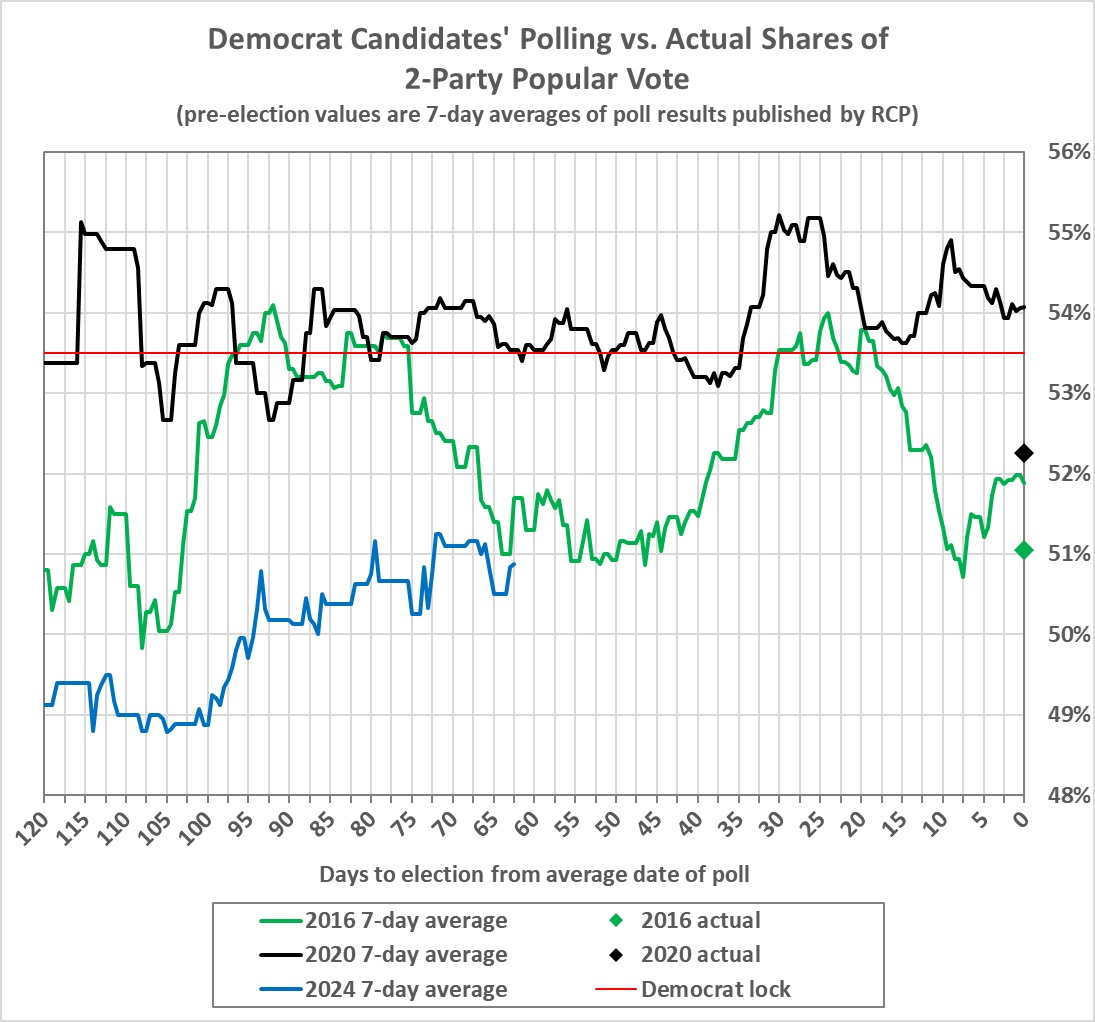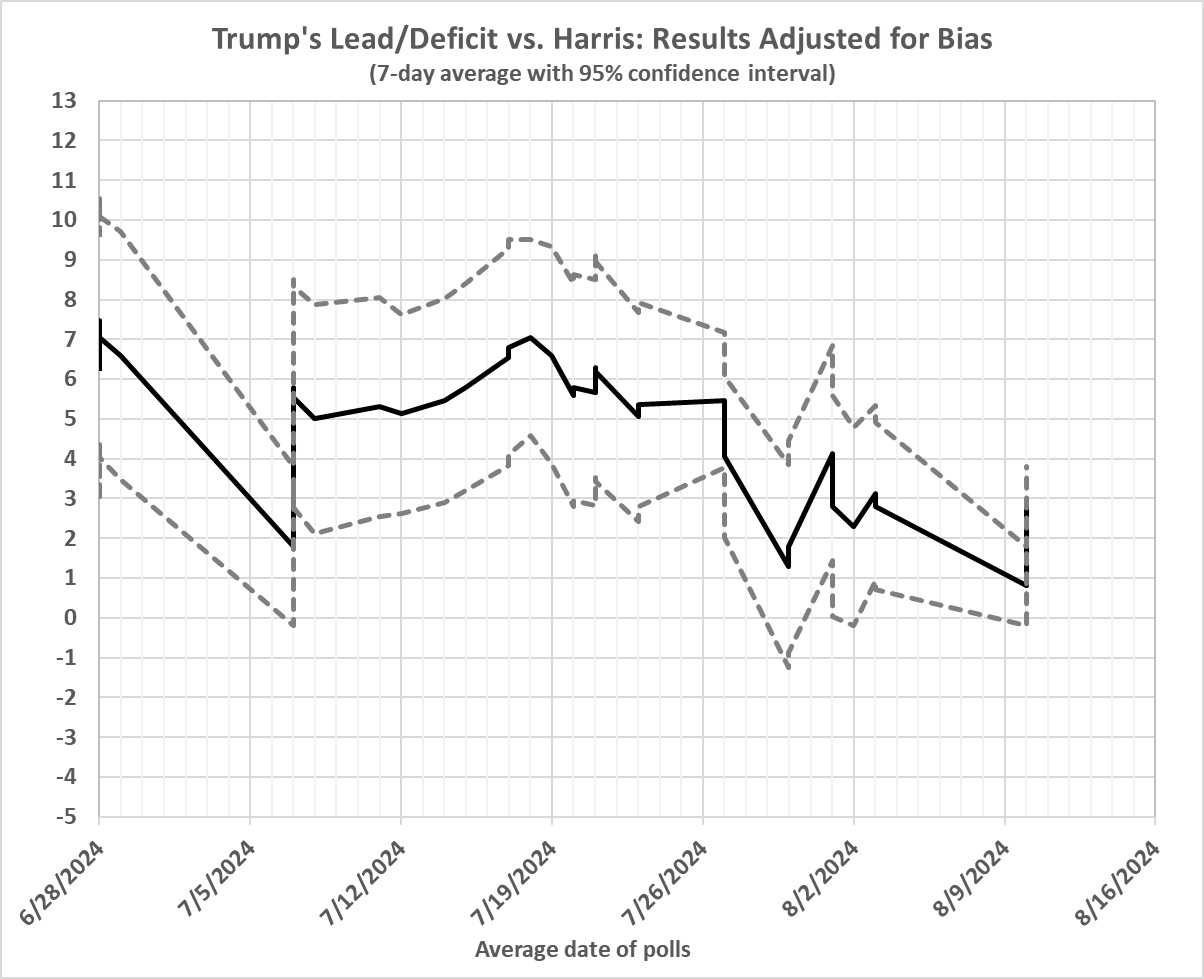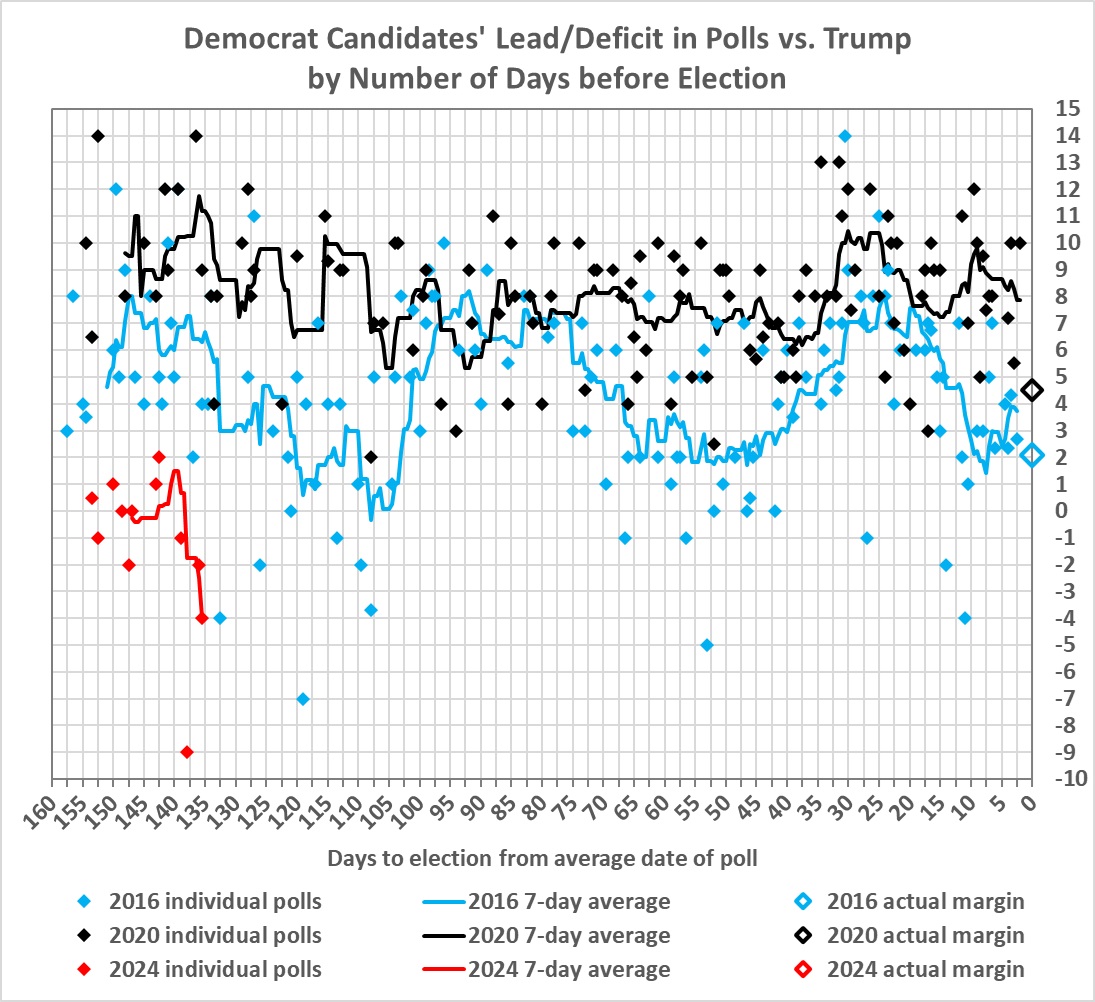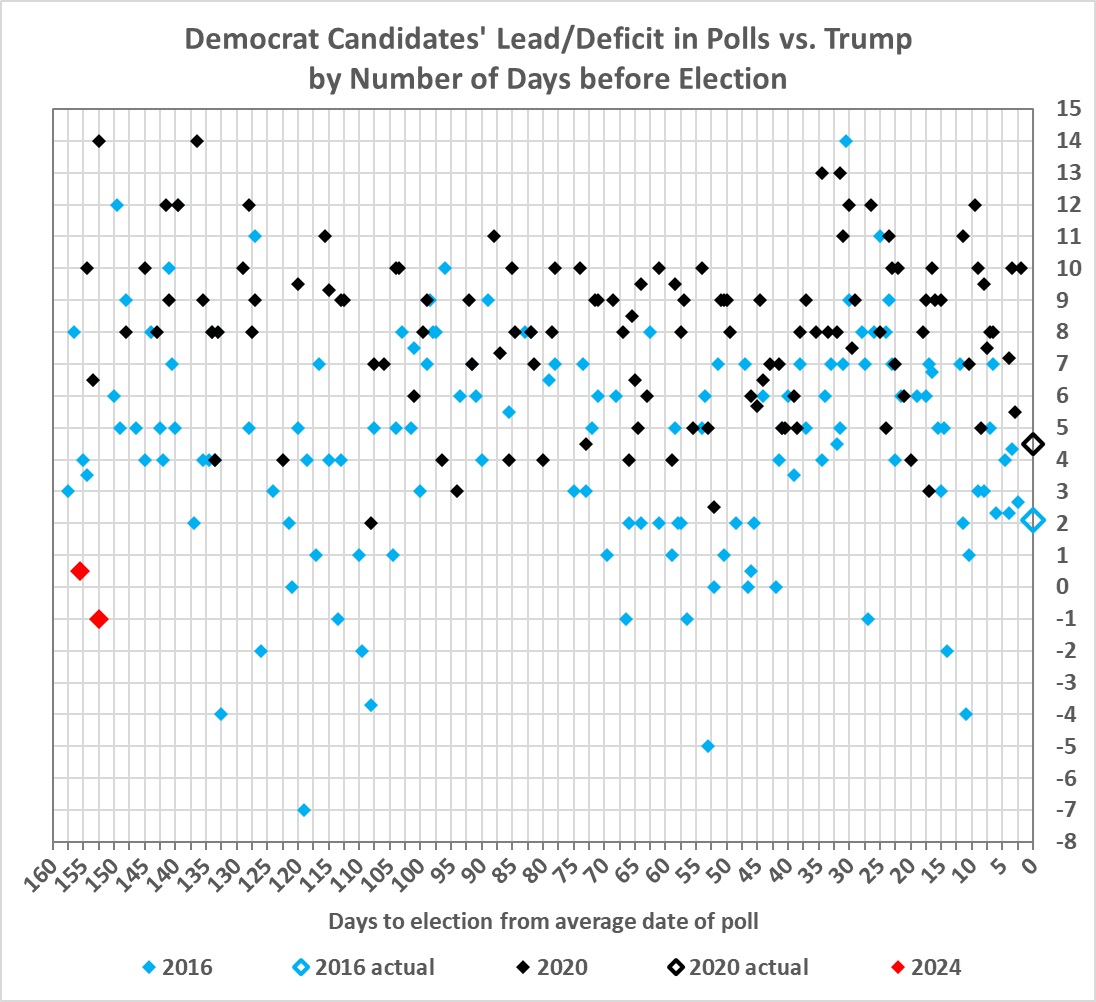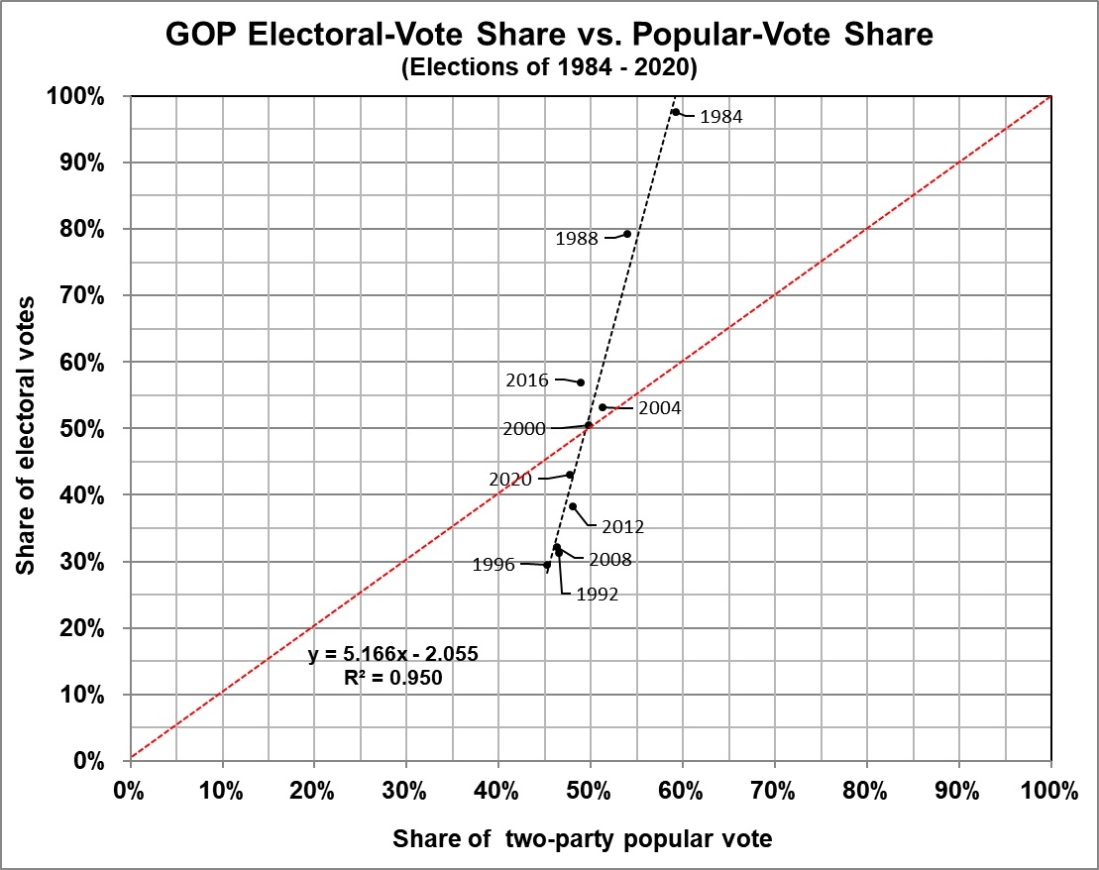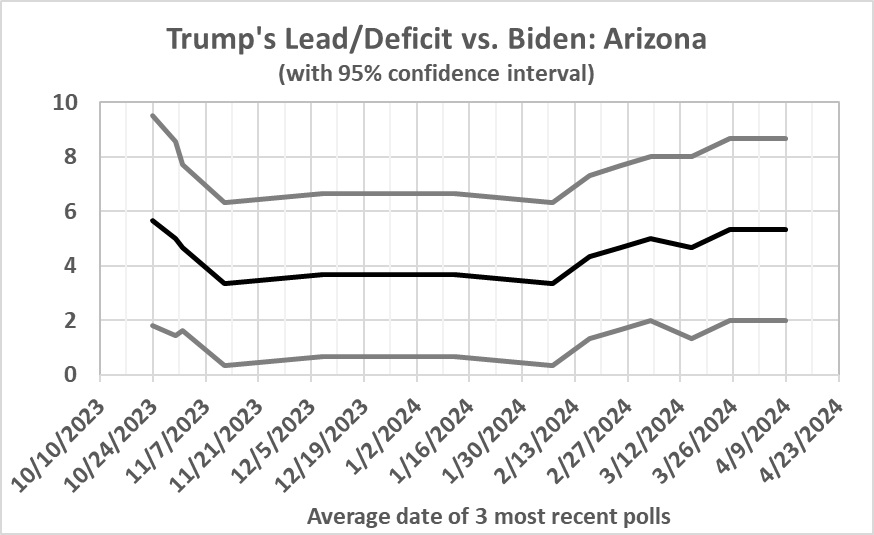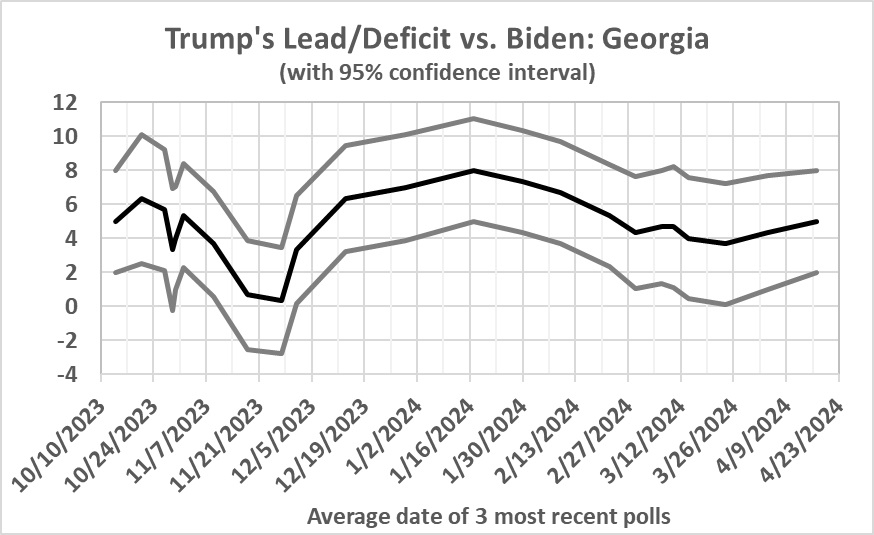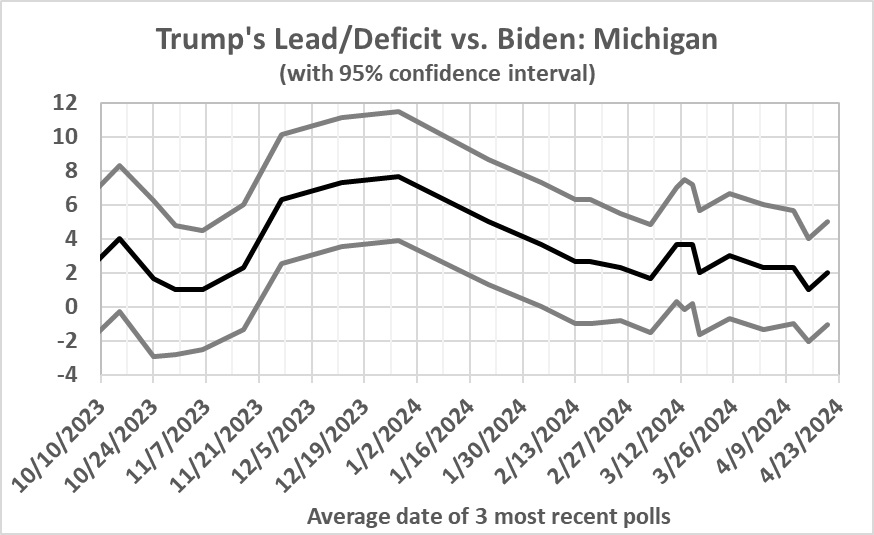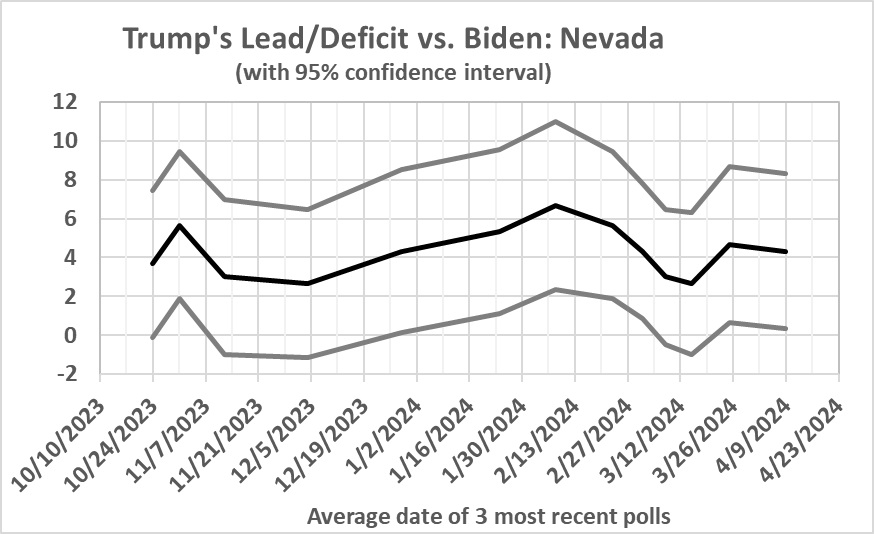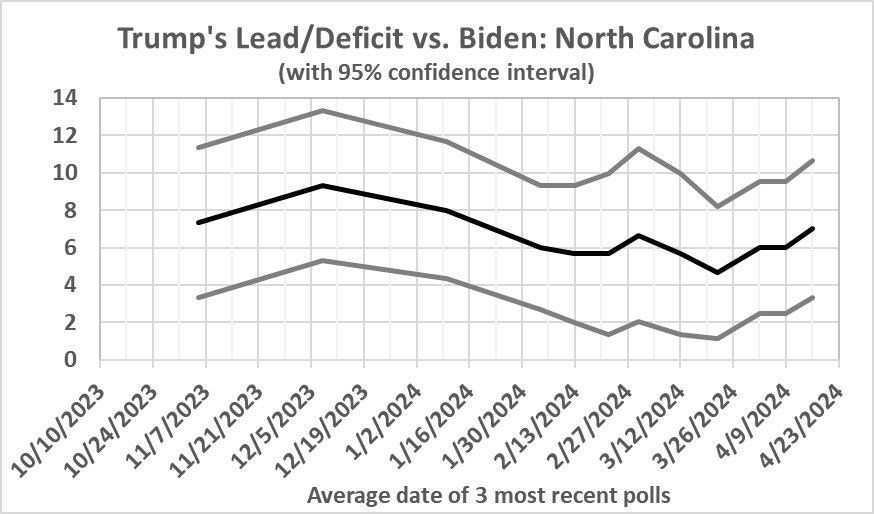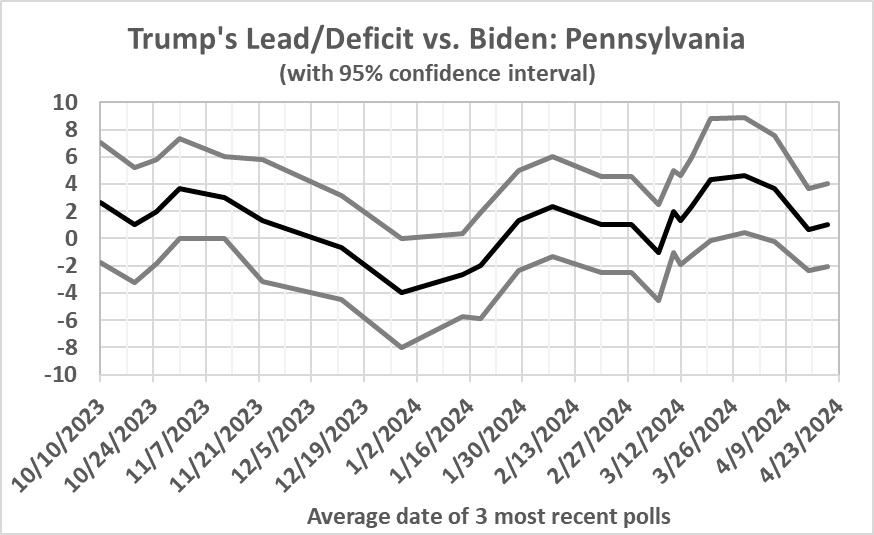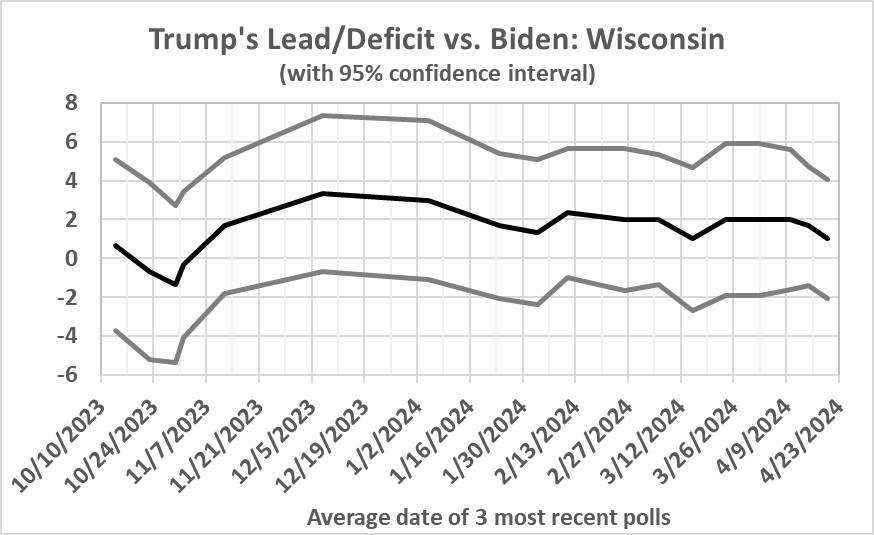The federal government, since the latter part of the 19th century has grown vastly in size, cost, and power. It has done so by blatantly exceeding the limited role for it that is set forth in the Constitution.
The growth of the federal government (which has necessitated and spurred the growth of state and local governments) absorbs resources that (with the exception of national defense) could be put to better use by private companies responding to the needs of consumers.
One aspect of government growth, at all levels, has been the promulgation of an ever-growing number of regulations, ordinances, and codes (they must number in the millions). The net effect of those regulations, ordinances, and codes is to stifle entrepreneurship and innovation. This comes at great cost to American workers and consumers.
The economic effect of government spending and regulation (by its various names) is the loss of well over a trillion dollars a year in economic output. Given the many years in which Americans have lived with big, heavy-handed government, the overall cost of its unconstitutional aggrandizement has been almost unimaginable – it is certainly in the tens of trillions of dollars. The arrogation of legislative, prosecutorial, and judicial functions by regulatory agencies adds the loss of liberty to that massive economic cost.
The heavy burden of regulation has been compounded in recent years by the emphasis on so-called renewable sources of energy. The shift away from fossil fuels – according to the models used and touted by climate “scientists” – will have almost no effect on global temperatures. Yet, the cost in dollars and misery will be huge. As for those models, they are simplistic relative to the many and complex (and little understood) factors that influence climate. And they do a poor job of reconstructing the past, so how can they possibly produce accurate forecasts of the future? Also overlooked in the rush to substitute models for science is the fact that the geological and historical record – despite the efforts of some climate “scientists” to revise and erase it – clearly shows that Earth has been warmer in the past 2000 years than it is now, and that it often warmed more rapidly in the past than it has been warming in the past 40 years.
Another recent development has been the failure to enforce immigration laws, which has resulted in a flood of illegal immigrants. Whatever reasons those immigrants may have for entering the U.S., it is a fact that they are in many places overwhelming various social services (hospitals, public housing, etc.) at a heavy cost to taxpayers. Regardless of the law-abiding nature of most illegal immigrants, the flood has brought with it violent criminals, dangerous drugs, drug dealers, and quite possibly spies and terrorists. It is no secret – though Democrats tend to deny it – that the impetus for untrammeled immigration is to create new voters, by amnesty and other means, most of whom are expected to vote for Democrats. One dire effect of such a development would be even bigger government, even lower economic growth, and even higher taxes.
Then there are the social changes that have been embraced and pushed by Democrats. Same-sex marriage is now a given, so I won’t bother to discuss it (though I could write an essay about the legal persecution of tradespeople who have been penalized for their refusal to “celebrate” it). But I will discuss transgenderism, with its various ill effects: allowing and encouraging impressionable and not-yet-developed children to undergo life-changing medical treatments and surgeries; forcing girls and women to compete with so-called transgender women, who seem not to have lost the superior size and strength that goes with being male; allowing the same “women” to invade the privacy and bodies of girls and women in locker rooms, dormitories, prison cells, etc.
There is also a strong push by government institutions to discriminate in favor of blacks (by means ranging from special loans to easy grading to re-segregation to protect them from feeling “different” or “inferior”). If discrimination solely on the basis of race is wrong, it is wrong when it favors blacks just as much as when it favors whites. Reverse discrimination and special treatment are also condescending toward blacks – which hasn’t gone unnoticed by some of them.
Another development – and a dangerous one for liberty and the advancement of knowledge – is the use of government power (or the implied threat to use that power) to censor views that government officials dislike. This kind of censorship, which is carried out through Big Tech firms and broadcast media, may be meant to protect the public from potentially harmful “misinformation”. But the urge to control information knows no bounds and it can just as easily be used to construct “narratives” that are favorable to the regime in power by suppressing valid information that would discredit the regime. Big Tech and broadcast media already do this to a great extent, though mainly because of the political leanings of the executives in charge of those institutions. But it would take almost no effort on the part of government officials to turn many news and information outlets into a government propaganda machine. (Shades of Hitler, Stalin, Mao, and many other despicable tyrants.)
Finally, China, Russia, and Iran have relentlessly built military capabilities that can be used to blackmail the U.S. government into granting military and economic concessions to those nations. (Russia’s war in Ukraine hasn’t stopped its development of sophisticated weaponry, such as its hypersonic missiles and new space weapon.) There is no indication that our adversaries will settle for “peaceful coexistence”; their aim is dominance. Despite that, the U.S. government has persisted in allowing U.S. armed forces to become relatively weaker than those of its adversaries. (Clinton’s budget-balancing at the cost of defense, and the coddling of the Iranian regime by the Obama-Biden administrations are underreported scandals.)
In sum, beginning in the late years of the 19th century, government in America began to lose its way: imposing huge costs on American citizens through growth in size and power, while also failing to maintain the forces necessary to deter potential enemies.
None of that has changed in the 21st century, but the burden on Americans has redoubled because of a quixotic effort to control the climate, a similarly quixotic effort to erase gender differences, and the possibly successful quest to build a permanent Democrat majority.
It has taken more than a century for America to make the transition to what the proverbial man from Mars would describe as a regulatory-welfare state run by a cabal of power-lusting politicians and bureaucrats and their mentors and enablers in the “education”-media-information complex. Too many Americans, unfortunately, don’t see America for what it has become because it has changed gradually. And at every step along the way, those with a stake in the regulatory-welfare state have declared it to be in the public interest and defended it as the product of “our democracy”. Their version of democracy amounts to this: Do as we say, we know what’s best for you. No side has a monopoly on that kind of thinking, but the regulatory-welfare state enables its realization through the extra-constitutional enactment and enforcement of rules that micromanage the economic and social affairs of Americans. That is the darkness in which democracy dies.
Everything written above represents my long-held views. They predate by two decades the emergence of Donald Trump as a candidate for president in 2015.
Trump is (undeservedly) vain, crude, and inarticulate, and he has a disgraceful sexual history. But despite those things, he is the only president since Ronald Reagan who has tried to stem the tide of government overreach and under preparedness. Trump’s record as president was far from perfect, but he got some things going in the right direction; for example, less regulation, more (real) military spending, and a serious effort to stem illegal immigration. You may dislike his Supreme Court appointments because of the effect they have had on certain issues, but the overall effect of those appointments has been and will be to restrain government power, which has grown far beyond its constitutional bounds.
It is Democrats, for the most part, who favor the policies that I abhor. Because Trump is viewed as a threat to those policies, and to Democrats’ hold on power in DC, there has been since he announced his first run for the presidency a “get Trump” movement. It began in earnest with the false “Steele dossier” that was ordered up by Hillary Clinton’s campaign. It continued with the Mueller investigation, two impeachments, and incessantly negative reporting about Trump’s presidency by pro-Democrat media outlets. It has culminated in what are not coincidental civil and criminal charges against Trump.
In the case of E. Jean Carroll, her suit against Trump was made possible by the passage of law in New York that extended the statute of limitations on Trump’s alleged acts against Carroll — for the obvious purpose of bringing a case against Trump. Would Carroll’s charges, or any of the other charges, been brought against a former president who was a Democrat? I doubt it very much. But to keep Trump out of power, various Democrat officials (in an amazing concert of legal synchronization) have put into practice the Stalinist-era slogan “show me the man and I’ll show you the crime”. Almost anyone can be charged with and found guilty of a crime. It’s just a matter of digging into his record, cherry-picking it for items that can be made to seem sinister, ignoring and suppressing exculpatory evidence, stretching the law to fit the supposedly incriminating facts, and finding a compliant judge and jury. The Carroll case fit that template, as did the “hush money” case, and as do the other legal actions against Trump.
What has happened and is happening to Trump can happen to anyone. It is of a piece with Democrats’ no-holds-barred approach to the Constitution and laws stand in the way of gaining and holding onto power. If Trump is stopped and if Democrats retain power – and reinforce it by importing voters, censoring the opposition, vote-buying (what else is student-debt cancellation?), assuaging blacks, and who knows what else – opposition to the regime itself will become criminalized. You can bet on it because the only thing that has kept America from becoming a despotism isn’t a mythical thing called the “American character”, it has been the rule of law and the willingness of opposing factions to abide by it. That willingness disappeared in the run up to the Civil War. It is disappearing again.
All of that is why, if Trump is on the ballot in November, I will vote for him. As imperfect as he is as a person and political operator, he would nudge America in the right direction. If there were a better GOP candidate than Trump – one who is less obnoxious, more articulate, and with less personal baggage, but who is dedicated to the Constitution, to prosperity and liberty for Americans, and to military preparedness – I would vote for him or her. But there doesn’t seem to be such a candidate on the horizon.
In sum, my preference for Trump has nothing to do with the man and everything to do with restoring prosperity, liberty, and safety from domestic and foreign predators. To put it another way, a vote for Trump is a vote to make America great again. It is also a vote to save democracy — the real kind in which citizens are sovereign.
I have said nothing about Biden because his sins – though many and possibly greater than Trump’s – are beside the point. As a politician, he is no better or worse than any Democrat who might replace him on the ticket or succeed him if he is elected and fails to finish his second term.
My devout wish it to have a Republican (Trump if necessary) occupy the White House and try, with the help of a Republican-controlled Congress, to prevent America from going down the drain. This may be the last chance for America’s reprieve from the dustbin of history.

